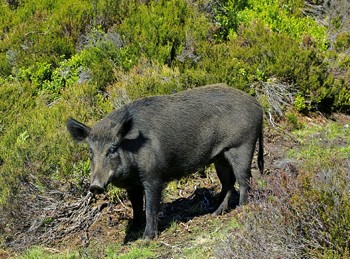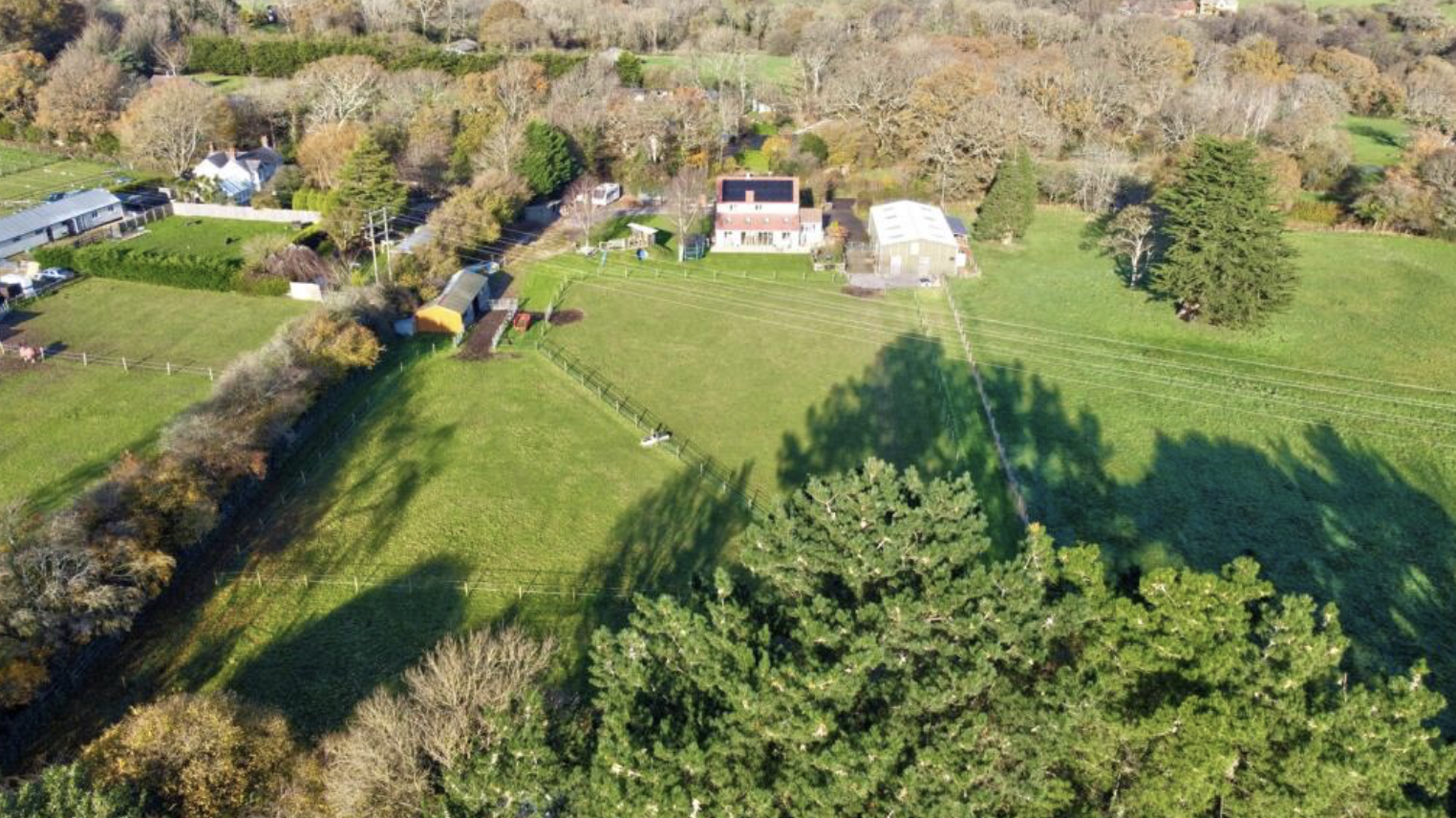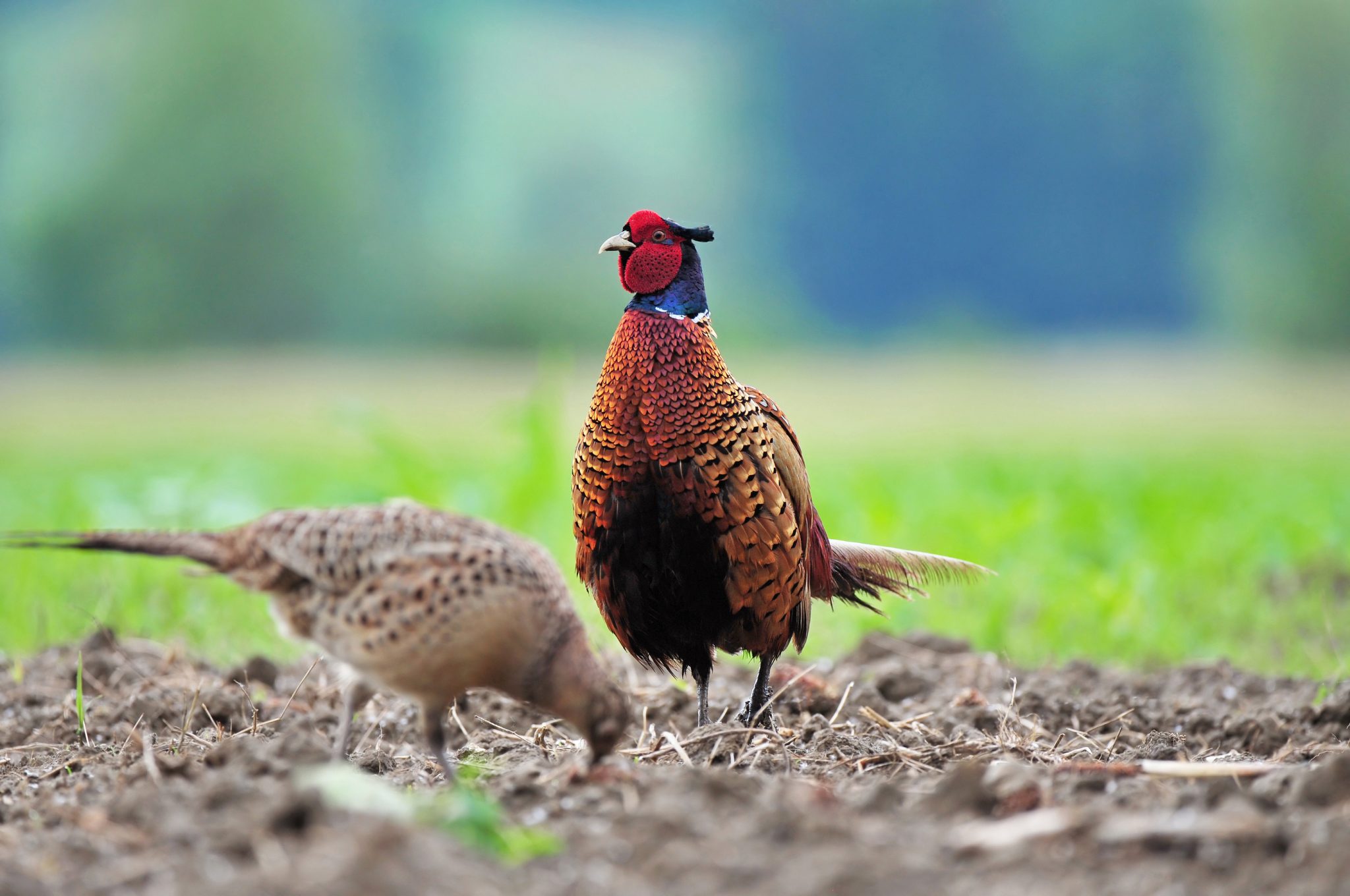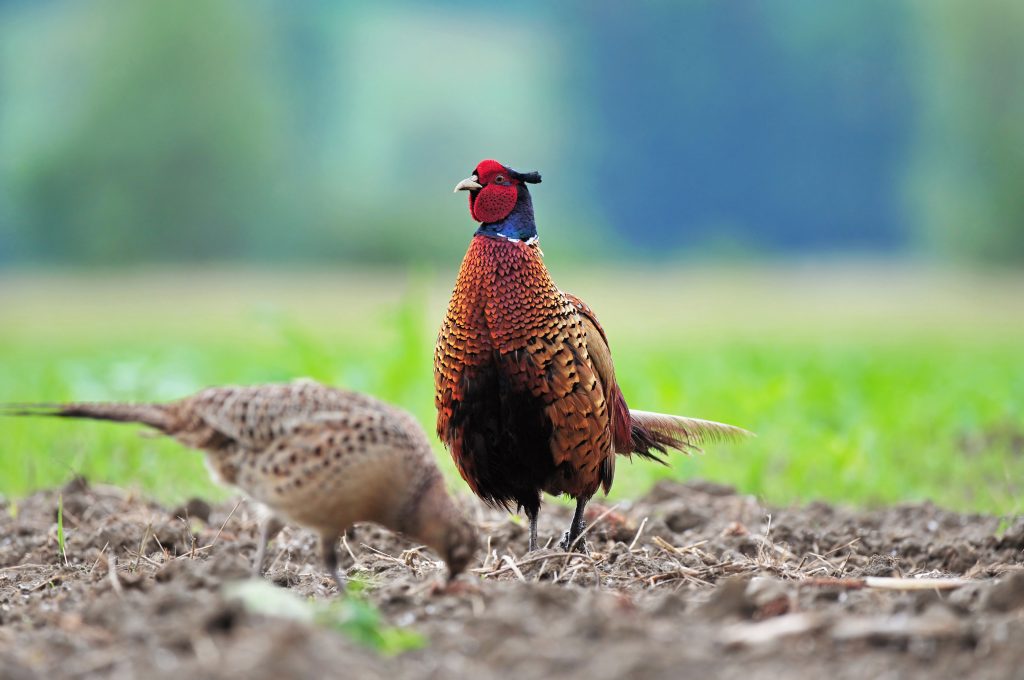Win CENS ProFlex DX5 earplugs worth £1,149 – enter here
The seeds of change
<strong>Help or hindrance? Wild boar in Scotland</strong>

On display in the village museum of St. Vigeans, in the ancient Kingdom of Fife, is one of the most remarkable carved Pictish stones ever discovered. The Drosten Stone stands about 4ft tall and dates from the 9th Century. On its reverse there is a tableau of carved beasts, both real and mythical, as well as the crouching form of a human hunter. This lone, hooded figure is taking aim with bow and arrow, while before him, with curved tusks and bristled back, stands a mighty wild boar. A formidable quarry for any so lightly armed, and an indication that Sus scrofa, the wild boar, once roamed Caledonia?s wild hills and forests.
Fossil remains found throughout Scotland further demonstrate that this species once dwelt from the scattered Orkney Isles in the north to Berwickshire in the south. To this day, numerous place names across the Scottish Highlands show an historical connection with Sus scrofa, by the inclusion of the Gaelic word muic, which means pig, sow, or boar. For example, Glenmuick (the valley of the swine) in Aberdeenshire, Allt na Muic (the stream of the pig) in Glen Moriston, and the towering Ben Macdhui (Beinn Muic Duidh ? the hill of the black pig), which stands 4,296ft high in the Cairngorm Massif, owe their names to the presence of boar in ancient times.
The date at which Sus scrofa became extinct in Scotland is not recorded, though historians generally agree that the species finally succumbed to the twin pressures of deforestation and over-hunting sometime during the 1700s.
By an odd twist of fate, and with an unintended helping hand from its old enemy, man, it seems this creature has returned to forest and glen after an absence of nearly 400 years.
Over the past few decades, reports of wild boar sightings have steadily filtered in to both police and media across Scotland. More recently, rumours have circulated that the Forestry Commission has culled considerable numbers of wild boar in an area close to Loch Ness. One shot animal is said to have weighed close to 18 stone.
Theories abound as to where these animals sprang from, but it is widely agreed that wild boar farms were the original source of this growing feral population. Several such farms were set up across Scotland during the latter part of the 20th Century, and some reported the loss of animals through gaps in damaged fencing.
Nocturnal and shy
Shy and elusive, wild boar prefer to live in groups (sounders) of no more than 20 and are largely nocturnal. They have a wide-ranging diet, a characteristic that aids their survival across varying habitat. Though they consume mostly vegetable matter, they will also eat worms, insects, eggs, carrion, and even small mammals and birds.
In its natural environment, Sus scrofa has an average life expectancy of 10 years. Females reach sexual maturity at an age of eight to 24 months (depending on environmental conditions). Piglets are born after a gestation period of approximately 115 days and the litter size averages four to six young.
Standing 1m-high at the shoulder, weighing more than 200kg and being armed with 6in-long self-sharpening tusks, no-one can deny that a fully grown male boar makes a formidable and intimidating spectacle. Appearances, though, can be deceptive, for despite looking like it has stepped from the shadows of a dark fairy tale, wild boars avoid contact with humans whenever possible, making physical conflict rare.
The return of this once indigenous species has been met with a mixed reception, greatly dividing opinion between the conservation movement and those who professionally manage land and game.
To better understand the arguments, I spoke to Alan Watson Featherstone, executive director of Trees for Life (TFL), a Scottish conservation charity, which believes that wild boar have a vital role to play in the restoration of Scotland?s native woodlands. To demonstrate this, in 2009 TFL commenced a wild boar trial on the organisation?s 10,000 -acre Dundreggan estate in Inverness- shire.
Following the grant of a dangerous wild animals licence by Highland Council, Alan said six wild boar sows (procured from a Scottish wildlife park) were released into a 30-acre enclosed site at Dundreggan. This area had been smothered for years by an impenetrable jungle of head-high bracken. This choking growth prevented sunlight from reaching the woodland floor, and thus made the successful growth of native species, such as wild primroses, violets, hazel, birch and Scots Pine, impossible.
Alan said the Dundreggan trial had two objectives. The first was to demonstrate how effectively wild boar root up and consume the fern?s rhizomes (the fronds of which are toxic, so not browsed by animals), thus naturally clearing areas long dominated by bracken. The second was to show that boar perfectly prepare the soil for seed germination by their rooting habit and that the dung of the animals is a natural fertiliser.
The Dundreggan project is at present open-ended as TFL carefully studies the effects of boar on the test site. But the conservation charity is confident that its results will show that boar are ?ecosystem engineers? and essential for maintaining Scotland?s natural forest environment.
Cause for concern
Not everyone shares this view, however. Some fear that far from being beneficial, the presence of feral boar in Scotland?s countryside is a cause for concern. The Scottish Gamekeepers Association (SGA) is foremost in calling on the Scottish Government, via Scottish Natural Heritage, to issue guidelines on how feral populations should be best dealt with.
The SGA is quick to point out that the release of wild boar into the countryside (whether accidental or deliberate) is in direct contravention of the 1981 Wildlife and Countryside Act, and therefore illegal. It also points out that if little is done initially to control feral boar numbers ? allowing the species to ecome well established ? the country may well suffer a boar population explosion over the next few decades, making them completely unmanageable.
Valuable resource?
It has been suggested that boar be viewed as a valuable asset for the future, because sporting estates could generate revenue by offering the stalking and driven shooting of the species. The SGA counters this claim by quoting figures from both the United States and France which show that money generated from the sporting shooting of wild boar is hugely outweighed by the cost to the farmer in agricultural damage. The SGA draws attention to the fact that the French Government paid out £12million in compensation to farmers as a result of wild boar damage between 1984 and 1992. In addition, the possibility of feral boar both carrying and spreading foot-and-mouth disease cannot be ignored.
It must also be acknowledged that boar have a taste for the eggs of ground-nesting birds; something that may jeopardise endangered Scottish avian species. And it is worth remembering that in springtime, certain areas of Scotland exhibit some of the finest displays of bluebells seen anywhere in Europe. Who can deny that feral boar, with their habit of rooting up the forest floor, might well pose a serious threat to this much-loved British woodland flower? It is perhaps no coincidence that our European neighbours ? where the boar is firmly ensconced ? have little of this precious hyacinth.
Only time will tell if the adaptable and elusive wild boar regains a permanent place among Scotland?s fauna, and whether its presence proves to be beneficial or not. Government failure to act upon the issue may, however, provide this cloven-hoofed interloper with the chance it needs to form an unassailable foothold in former territory. With luck on its side, this creature may become as familiar to us as it once was to our ancestors.
Related Articles
Get the latest news delivered direct to your door
Subscribe to Shooting Times & Country
Discover the ultimate companion for field sports enthusiasts with Shooting Times & Country Magazine, the UK’s leading weekly publication that has been at the forefront of shooting culture since 1882. Subscribers gain access to expert tips, comprehensive gear reviews, seasonal advice and a vibrant community of like-minded shooters.
Save on shop price when you subscribe with weekly issues featuring in-depth articles on gundog training, exclusive member offers and access to the digital back issue library. A Shooting Times & Country subscription is more than a magazine, don’t just read about the countryside; immerse yourself in its most authoritative and engaging publication.







